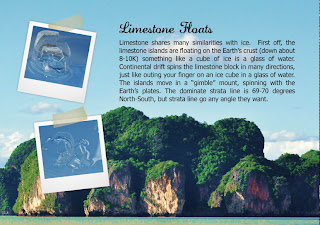Phang Nga Bay is one of the most interesting examples of marine limestone on the Planet. Vietnam's Halong Bay is bigger, but not nearly as beautiful or complicated.
Unfortunately, Phang Nga Bay is terribly mismanaged by the Thai Government, especially National Parks. Draw your own conclusions why the official visitor count is about 50,000 people a year, when in fact something like 6,000,000 people per year visit the Bay. It is terribly understaffed and there are no rules.
Unfortunationally only one sea kayaking company maintains international standard quality - the one in this Blog! If we were not international standard, I would not put my name on the company.
You will notice many "Amazing" names, but none of the owners can be proud of their operations, whose real value is about B1,000/person- all are speedboat operators killing the Planet with 2-stroke pollution..... Because we set the price and quality standard by spread sheets, the other owners jack their price up to B3,000 and above to look professional. In fact, they receive a windfall profit of B2,000+/booking. Much of that goes into corruption and tour counter kick-backs.
Thanks to Mathieu Rouanet, World Paramoto Glider Champion for his stunning aerial photos of Phang Bay seen in this blog.
See you on the water,
Ling Yai (Thai for 'Big Monkey') AKA John Caveman Gray

.jpg)








